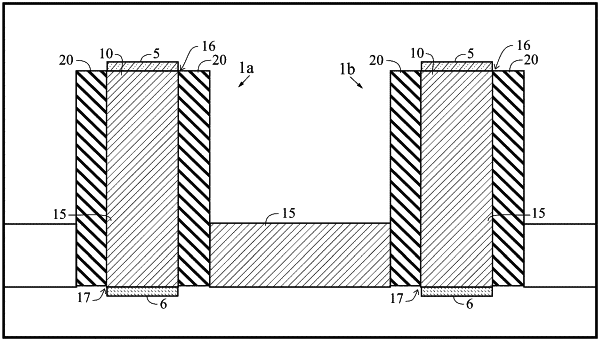| CPC A61B 5/296 (2021.01) [A61B 5/14865 (2013.01); A61B 5/6848 (2013.01); A61B 5/685 (2013.01)] | 20 Claims |

|
1. A microneedle-based electrochemical biosensor structure, the structure comprising:
a printed circuit board comprising a pad, at least one via and a plurality of traces;
a substrate composed of an electrically conducting material;
a microneedle having a first portion within the substrate and a second portion extending from an anterior surface of the substrate, the first portion comprising a posterior end of the microneedle, the second portion comprising a columnar body and a penetrating end of the microneedle, the penetrating end being at a distal end of the microneedle and separated from the anterior surface of the substrate by a length of the columnar body;
a primary electrically conductive element located on the penetrating end of the microneedle;
a secondary electrically conductive element located on the posterior end of the microneedle and on a posterior surface of the substrate;
an electrically insulative annular barrier surrounding the first portion of the microneedle and the length of the columnar body of the second portion of the microneedle; and
a phase-change conductive interconnect positioned between the pad of the printed circuit board and the secondary electrically conductive element,
wherein the microneedle is electrically conductive and the electrically insulative annular barrier electrically isolates the microneedle from the substrate.
|